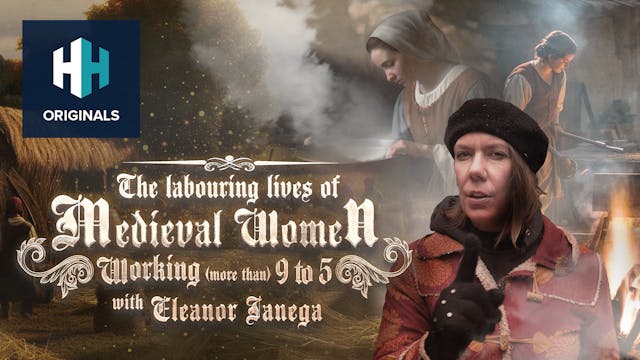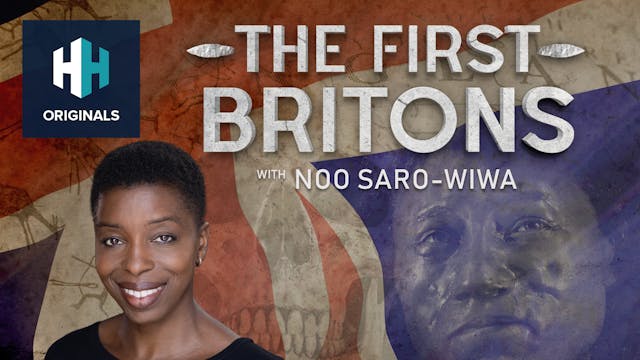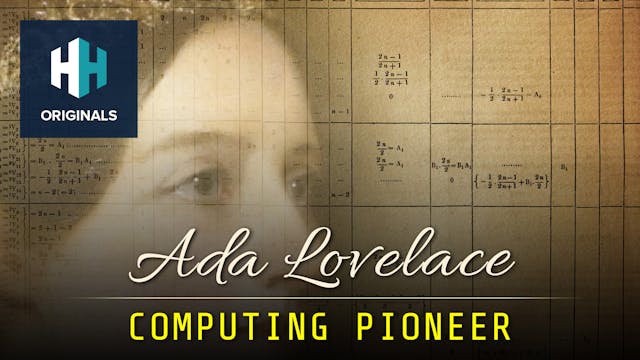History Hit digs deep into a fascinating new discovery that has grabbed the attention of historians across the world.
Prof. Suzannah Lipscomb explores what is being called the most exciting Tudor find ‘in a generation’ as curators at Hever Castle identify a bejewelled, gilded prayer book, tucked away in a Cambridge University library, as the very one portrayed in Holbein’s famous painting of Henry VIII’s ‘fixer in chief’, Thomas Cromwell.
It reveals that three key players in Henry VIII’s court, Anne Boleyn, Catherine of Aragon, AND Thomas Cromwell, all owned a copy of the same printed prayer book.
In this special film, Suzannah tracks the detailed historic detective work that has been carried out by Hever’s curators and Trinity College’s Wren Library, linking the prayer book through the generations from Thomas Cromwell himself to a gift to the library by Dame Anne Sadleir in 1660.
We are delighted to bring you this remarkable story that combines a modern day investigation with stunningly beautiful objects and the tangled web of shifting beliefs and personal connections at the heart of the Tudor world.
_____
After watching the film, you can find out more by visiting the following websites of Hever Castle and Trinity College:
https://www.hevercastle.co.uk/news/thomas-cromwell-book-on-display/
https://www.trin.cam.ac.uk/news/thomas-cromwells-book-of-hours-in-trinity-college-library/
Up Next in Women Making History
-
Working (more than) 9 to 5 - The Labo...
Dr Eleanor Janega investigates one of the least recorded aspects of medieval life - working women. But dig deep and you can find the evidence - proving the medieval period is a fascinating window into the true history of women…and work!
Eleanor takes on the jobs and businesses of real medieval ...
-
The First Britons
If the words British history conjure up images of Elizabeth I, Shakespeare, Boudica, Mary Seacole, The Beatles and the Blitz, you’re squinting at a small spec of the history of humanity of these Isles. Even if you go back to the Roman invasion of Britain in 43 AD, or even further to the Iron Age ...
-
Ada Lovelace: Computing Pioneer
Regarded by many as the world's first computer programmer, Ada Lovelace was also the first to envision a world where computers could be used for more than just number crunching. She saw in them the potential to not just solve problems, but create new ideas and even produce music and poetry as we ...




58 Comments